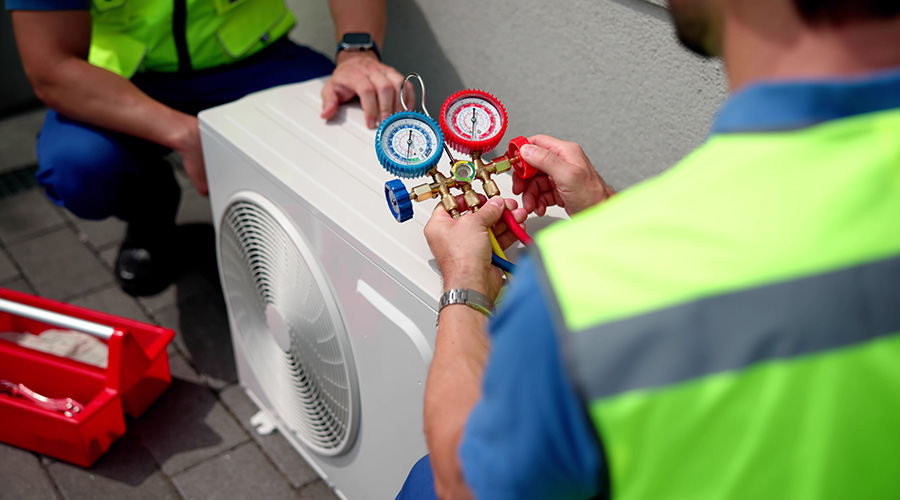Hospital emergency departments (EDs) play a critical role in the United States healthcare system, providing a gateway to care for many people. However, EDs throughout the United States are experiencing crowding, and research has determined ED patient boarding is a major source of ED crowding.
ED patient boarding is when an ED patient remains in the facility after the decision to admit or transfer the individual is made by a physician. Boarding often occurs when an inpatient bed elsewhere in the hospital is not available for the ED patient. Therefore, the ED becomes a bottleneck for patient flow as patients are delayed in being admitted to inpatient beds.
According to an article by John Fard, a project manager at CBRE, home hospital programs, in which select patients receive hospital-level care at home, are linked with the potential to free inpatient beds and extend hospital facility capacity.
Read the attached PDF.

 State of the Facilities Management Industry in 2025
State of the Facilities Management Industry in 2025 City of Hope to Open New Cancer Specialty Hospital in California
City of Hope to Open New Cancer Specialty Hospital in California Montefiore Einstein Opening New Inpatient Center for Youth in the Bronx
Montefiore Einstein Opening New Inpatient Center for Youth in the Bronx Skill Stacking: How Micro-Credentials Are Reshaping Trades
Skill Stacking: How Micro-Credentials Are Reshaping Trades Prima Medicine Opens New Location in Tysons, Virginia
Prima Medicine Opens New Location in Tysons, Virginia